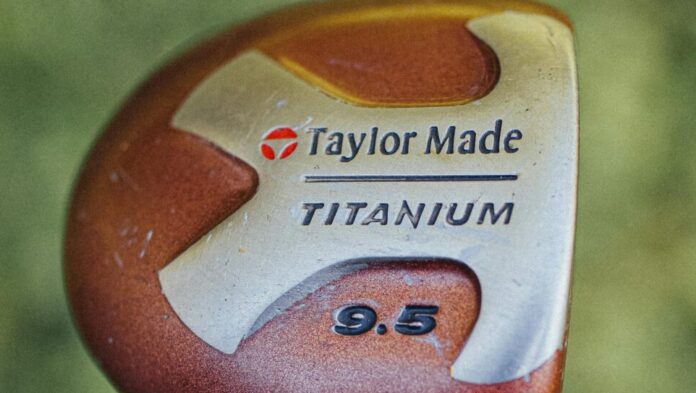Published by Frontpage Journal | Business Insights
Sri Lanka is endowed with some of the world’s largest ilmenite reserves, a mineral crucial to the production of titanium dioxide, titanium metal, and advanced industrial applications. Yet the country largely exports ilmenite in its raw form, capturing only a fraction of its potential value. Foreign buyers process the mineral into high-value products, securing the profits and technological know-how that Sri Lanka could otherwise retain. Unlocking the full economic potential of ilmenite requires a strategic shift from raw extraction to value-added production along the titanium value chain.
The financial implications are significant. Raw ilmenite fetches modest prices on global markets, but processed titanium dioxide, used in paints, plastics, aerospace, and medical implants, commands substantially higher margins. Further downstream, titanium metal and specialty alloys are high-demand industrial inputs, essential for sectors such as aviation, automotive, and renewable energy infrastructure. By investing in local processing and product development, Sri Lanka can convert a low-margin commodity into multiple high-value revenue streams while fostering industrial diversification.
Achieving this transformation will require coordinated policy support, industrial investment, and technology partnerships. Establishing domestic processing plants, research centers for advanced material development, and public–private collaborations can create an ecosystem capable of producing world-class titanium products. Incentives such as tax benefits, export facilitation, and infrastructure development within industrial clusters can attract both local and foreign investment, driving innovation and competitiveness.
Branding also plays a pivotal role. Sri Lankan titanium products could be positioned globally as high-quality, sustainably sourced, and technologically advanced. This approach not only enhances market value but also builds national prestige in a sector dominated by a few global players. Leveraging sustainability credentials can further differentiate Sri Lanka’s offerings in international markets increasingly focused on environmental compliance and ethical sourcing.
The timing is crucial. Global demand for titanium and its derivatives continues to grow, propelled by aerospace, automotive, construction, and renewable energy sectors. Remaining a raw mineral exporter risks leaving Sri Lanka dependent on global commodity price cycles, while countries that move up the value chain capture the high-margin end of the market. By acting decisively, Sri Lanka can reposition itself from a supplier of low-value raw materials to a producer of advanced industrial products.
The ilmenite opportunity is more than a mining story, it is an industrial and economic strategy. By climbing the titanium value chain, Sri Lanka can maximize profits, generate skilled employment, and develop an advanced manufacturing sector that contributes to sustainable economic growth. The foundation exists; the imperative now is to build the vision, capabilities, and partnerships necessary to realize it.




